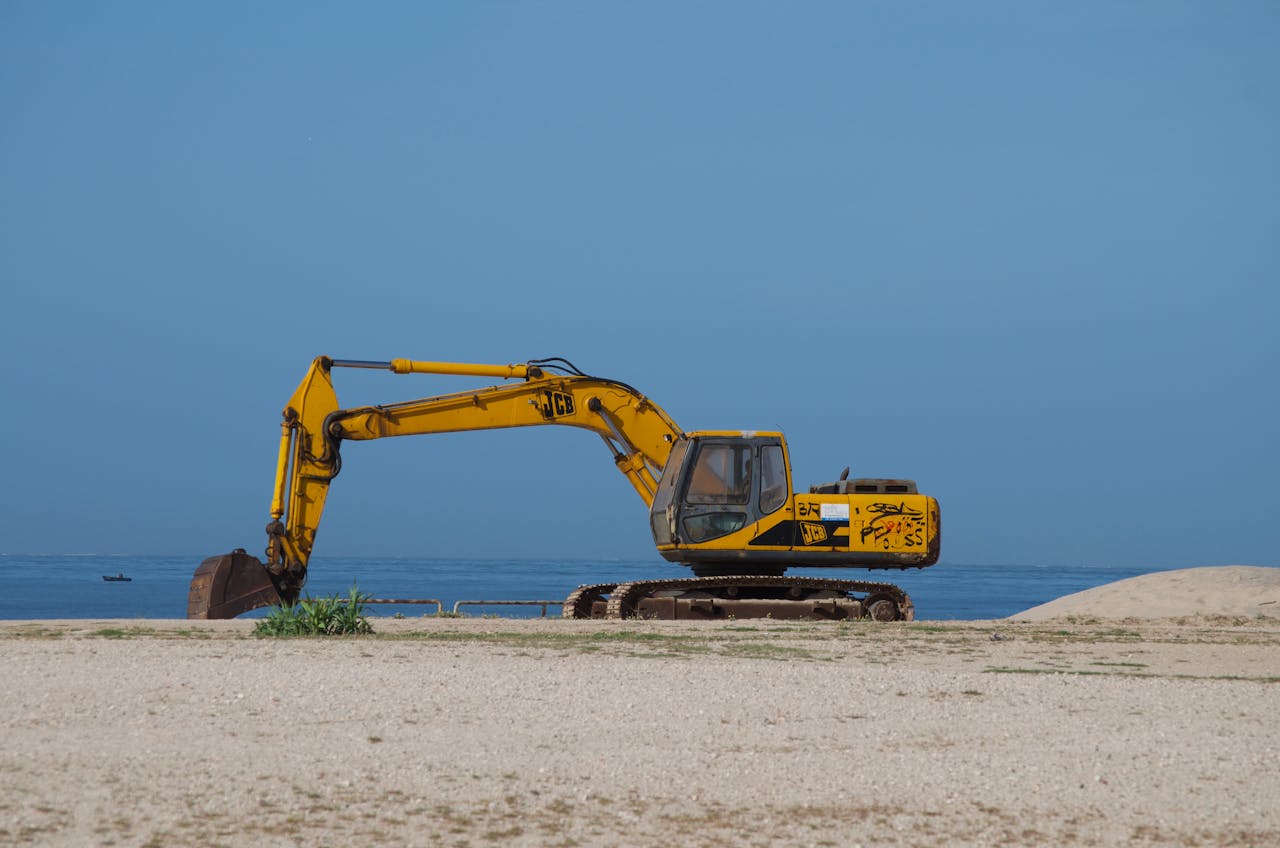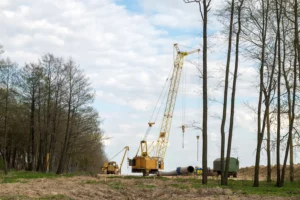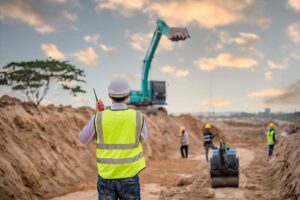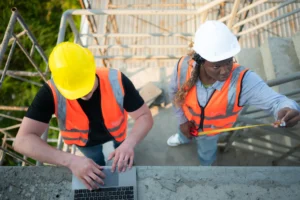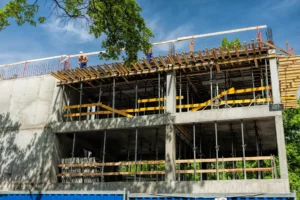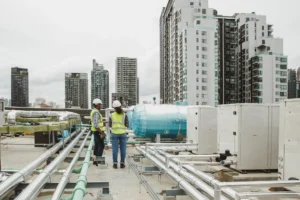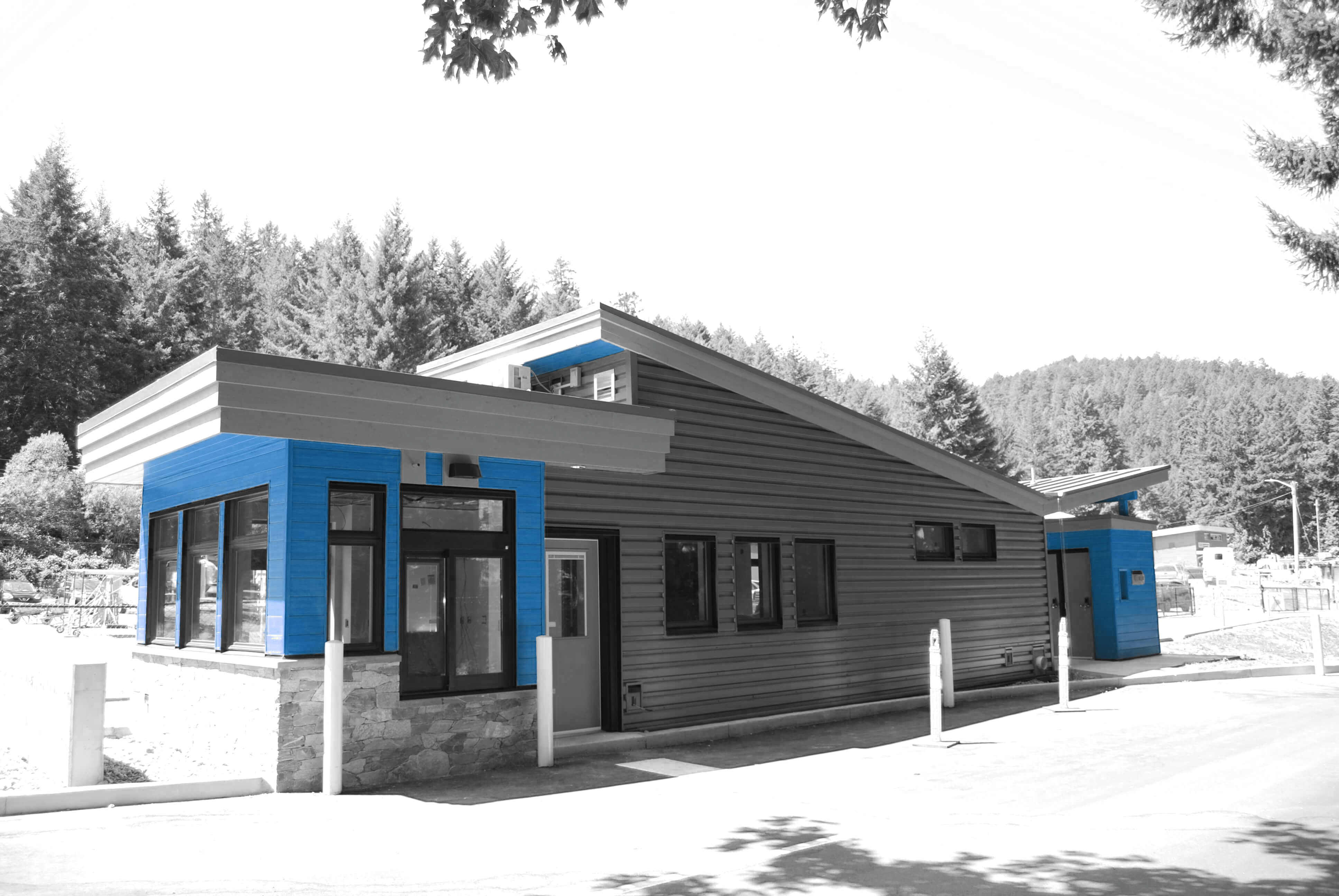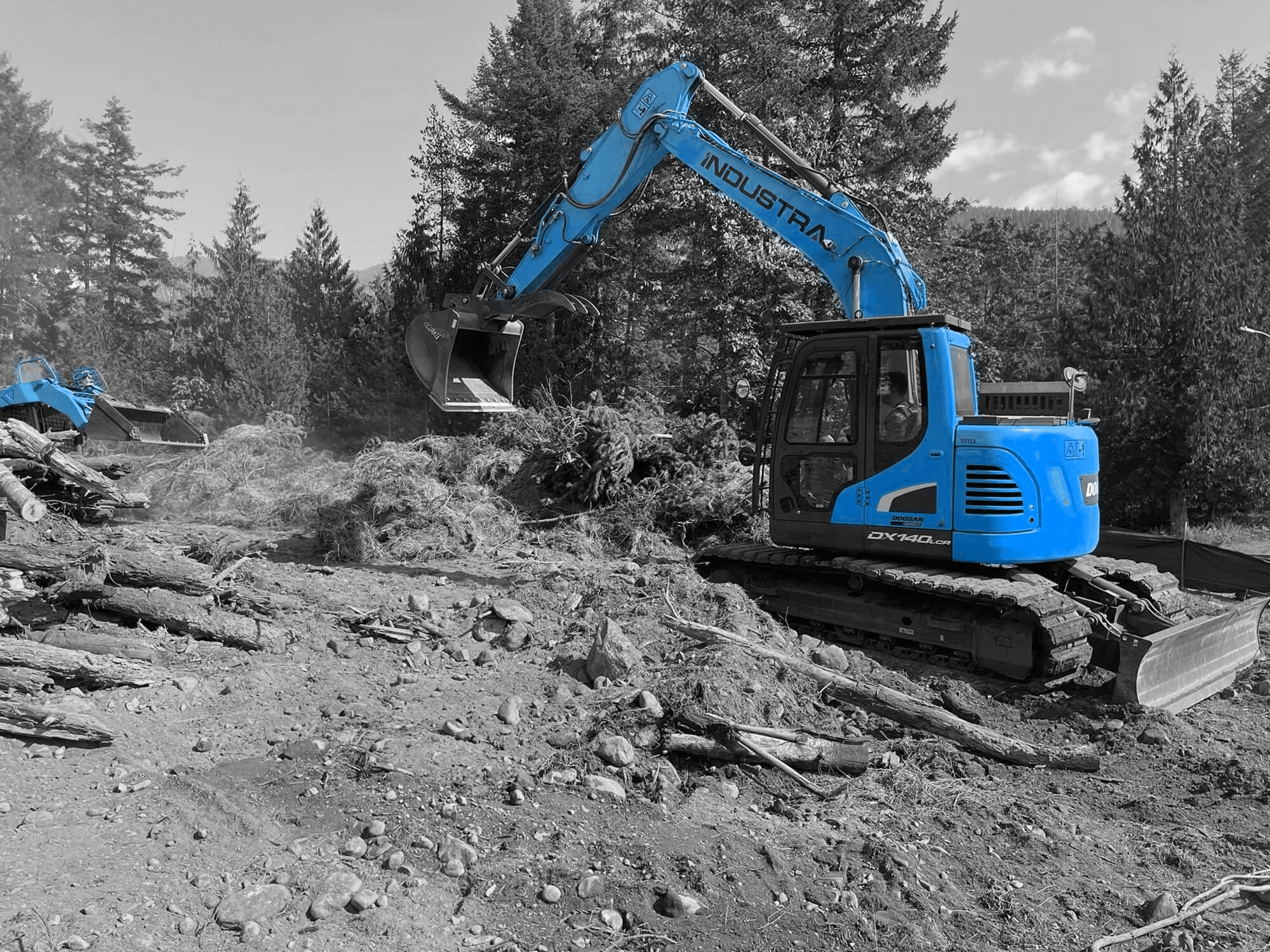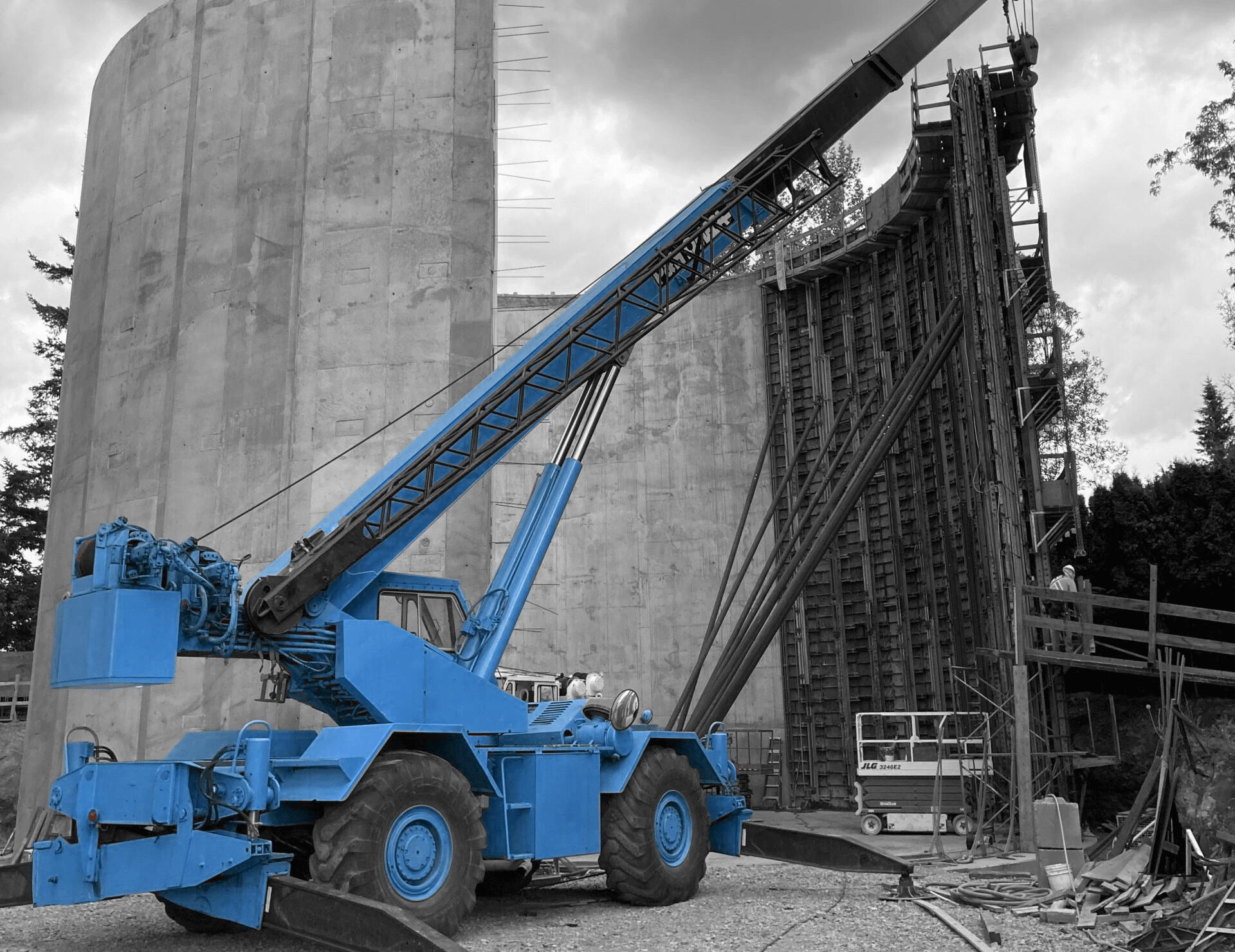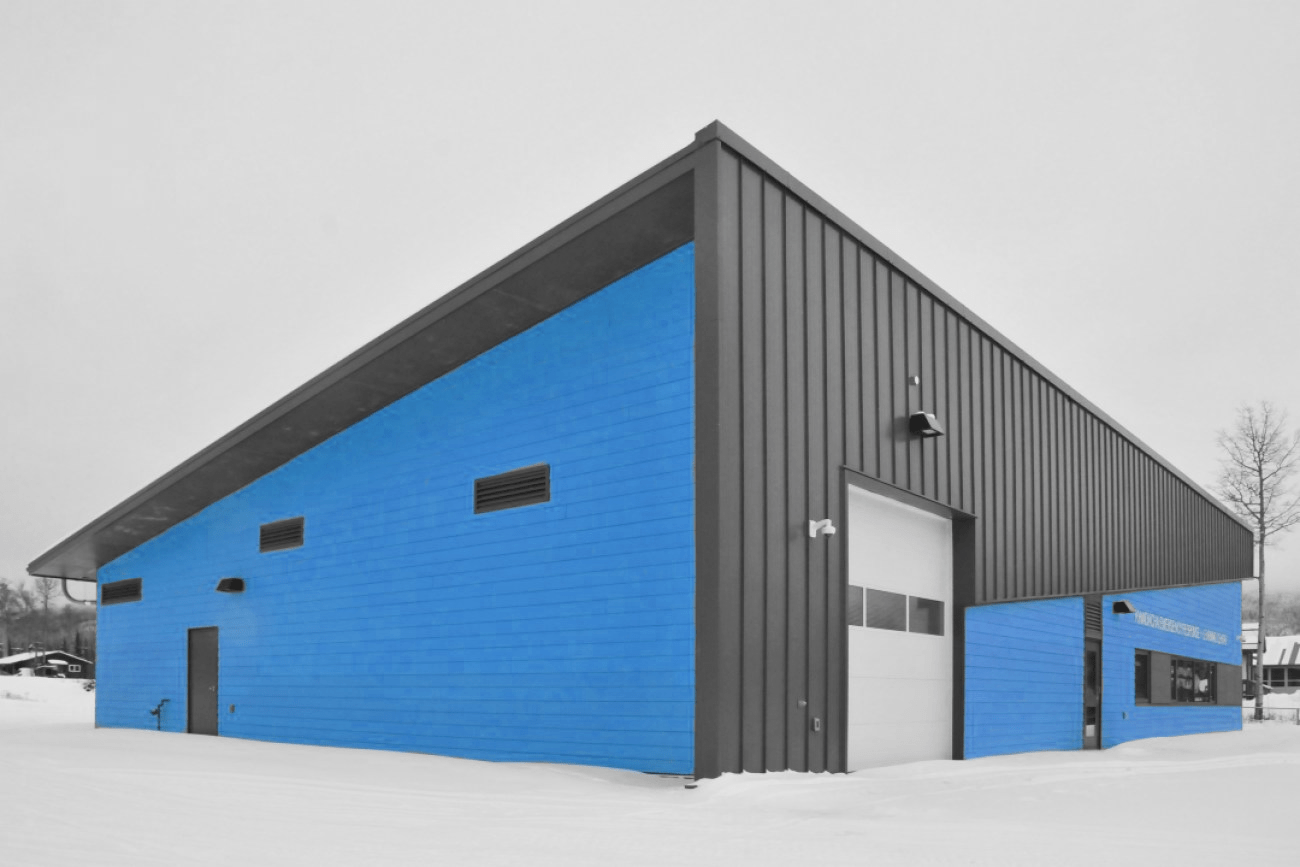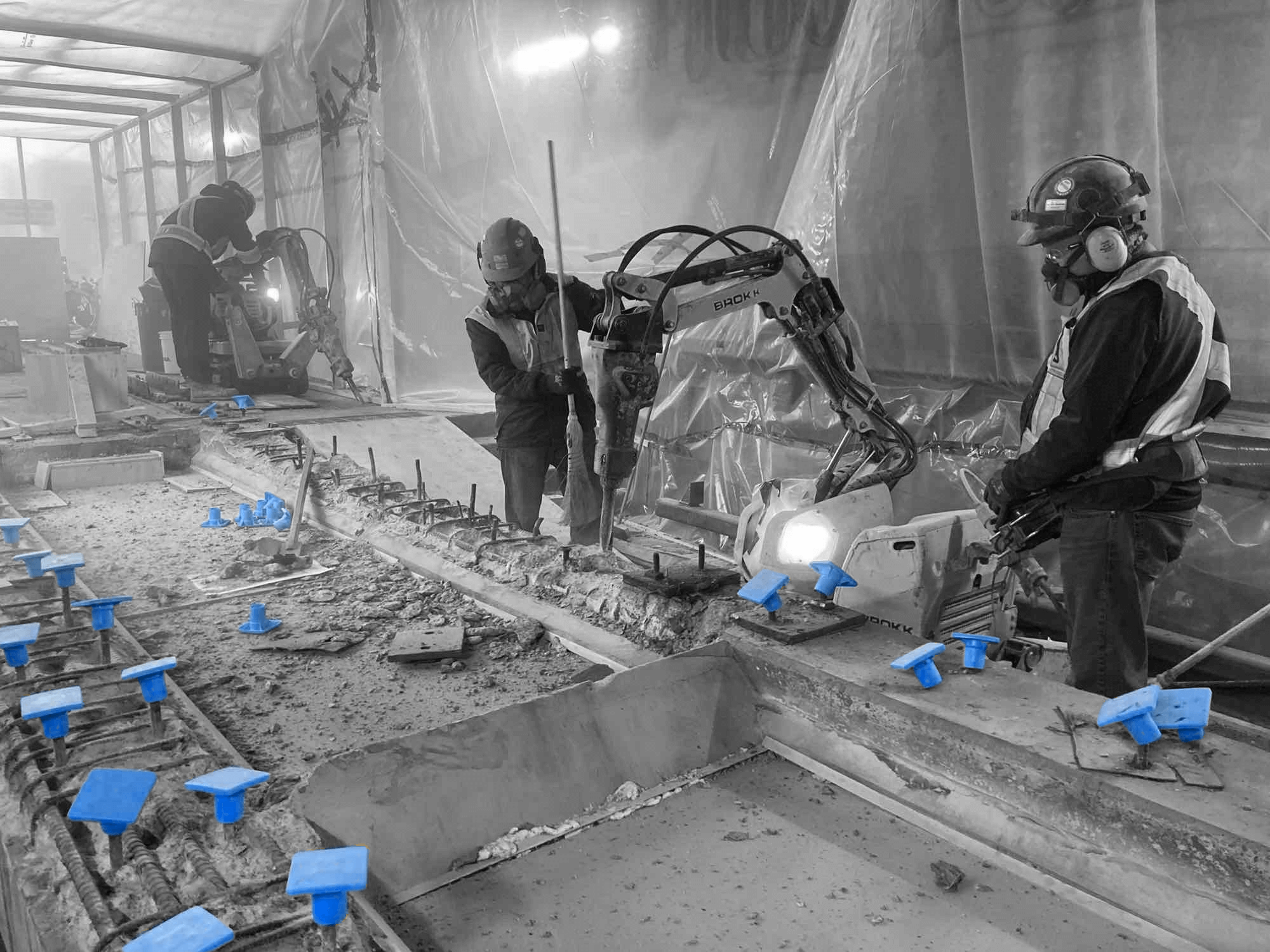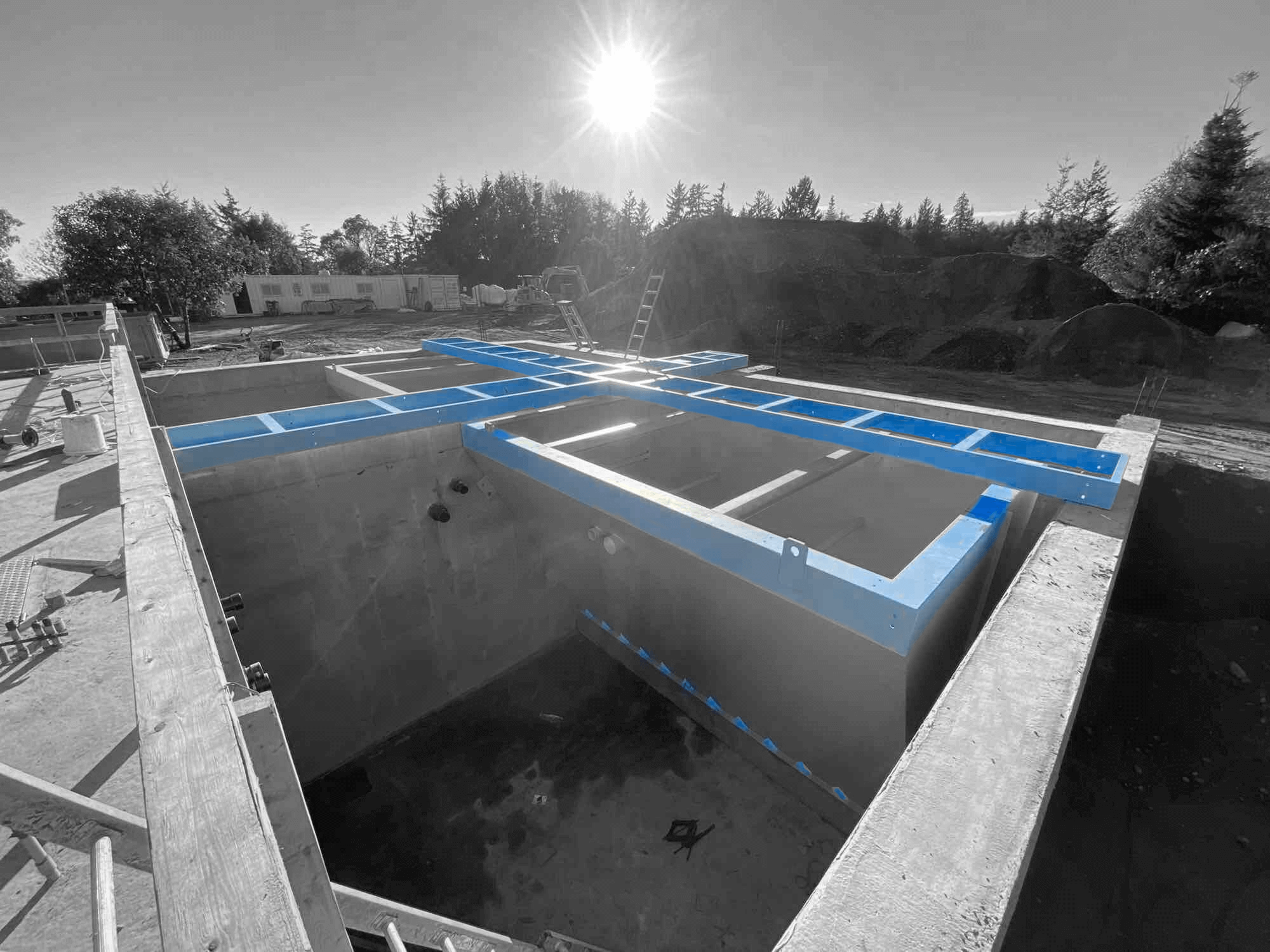Marine construction is a vital aspect of building and maintaining infrastructure around coastal and waterfront areas. From piers to harbors, marine structures serve many purposes, including facilitating transportation and supporting industries. The success of these projects hinges on selecting the right site, a decision that can significantly affect the project’s viability and long-term performance.
Choosing a suitable location involves considering environmental factors, regulations, accessibility, and costs. By evaluating these elements, marine construction companies can design and execute projects that withstand environmental challenges and meet community and industrial needs.
Site selection in marine construction isn’t just about finding a place to build. It’s about understanding the complex interplay between natural conditions and human activities. Selecting the right site can save costs and minimize ecological impact while ensuring the structure remains safe and functional.
By looking into various factors that influence site selection, you can grasp how crucial this stage is in the project lifecycle. Let’s explore the main factors that marine construction companies consider as they navigate this essential phase.
Environmental Factors
Nature shapes how we build in coastal areas. Understanding the environment ensures structures can withstand local conditions without harming the surrounding ecosystem. Here’s what you need to consider:
– Water Depth and Tidal Patterns: The depth of the water influences the type of structures that can be built. Shallow waters may require different construction techniques than deeper areas. Tidal patterns also matter, as fluctuating tides can impact construction schedules and even the design itself.
– Weather Conditions: Coastal weather can be unpredictable. Understanding wind, wave patterns, and storms helps in designing structures that can handle harsh conditions. Knowing the seasonal weather can prevent construction delays and ensure safety during operations.
– Soil and Sediment Composition: The seabed’s composition affects foundation design and stability. Sandy bottoms might offer easy excavation but may lack stability, while rocky areas provide a solid base but could be harder to work with. Testing and analyzing soil samples reveal essential information for the engineering process.
Understanding these environmental factors is akin to reading nature’s blueprint, guiding you to build in harmony with the environment while safeguarding the structure’s success.
Regulatory and Permit Considerations
Building in marine environments isn’t a free-for-all. There are layers of rules and regulations to navigate, ensuring projects are legal and environmentally conscious. Here’s what you need to keep in mind:
– Local and Federal Regulations: Each area has its own set of laws governing construction practices, especially around sensitive habitats. Complying with these rules is essential to avoid fines and project delays.
– Necessary Permits and Approvals: Every marine construction project requires specific permits, covering everything from environmental impact to structural safety. Securing these permits involves detailed planning and adherence to local guidelines.
– Environmental Protection Requirements: Consideration for marine life and habitats is crucial. Regulations may demand steps to protect surrounding ecosystems, such as pollution control measures or the creation of artificial reefs to offset disturbances.
Navigating these regulatory waters might seem daunting, but it’s a necessary journey to ensure your project aligns with legal standards and ecological responsibility. Through careful planning and compliance, the marine construction process can run smoothly, paving the way for successful project outcomes.
Accessibility and Logistics
Logistics play a big role in determining if a site is suitable for marine construction. Choosing a location that’s accessible and well-supported can save both time and costs. Here’s what you should examine:
– Proximity to Supply Chains and Transportation Networks: When a site is close to major transportation routes, it streamlines the movement of goods, materials, and workers. This accessibility leads to less downtime and smoother operations during the project.
– Infrastructure Support: The availability of docks, cranes, and storage facilities is important. A site equipped with necessary infrastructure allows construction teams to handle materials efficiently, reducing delays.
– Ease of Access for Workforce and Machinery: Convenient access for workers and heavy equipment means less effort in getting what’s needed to the site. It allows for seamless logistics, ensuring the project stays on schedule.
By evaluating logistical factors with the same care as environmental and regulatory considerations, you lay the groundwork for a project that runs smoothly and efficiently.
Cost Implications
Costs are front and centre in planning any construction project, and marine construction is no different. Site selection directly impacts the budget in several ways:
– Initial Site Preparation Costs: Some sites might need extensive work to prepare for construction. This could include dredging deeper channels or fortifying eroding shorelines, which can quickly add up.
– Long-Term Maintenance and Operational Expenses: Choosing a site with challenging conditions might mean ongoing repairs and maintenance, leading to increased expenses over time.
– Balancing Cost-Effectiveness with Site Suitability: It’s a careful dance: ensuring the location meets project needs without breaking the bank. Striking a balance between affordability and functionality is key.
Keeping these financial aspects in mind helps in making informed decisions that satisfy both project goals and budget constraints.
Making the Right Choice for Your Project
Choosing the right site in marine construction involves piecing together insights from environmental, regulatory, logistical, and financial perspectives. Each element interplays with the others, creating a holistic view of site suitability. While the task may seem complex, a structured approach simplifies the process, revealing the best path forward.
Crafting a plan that harmonizes nature, regulations, logistic needs, and costs results in a resilient marine project. Selecting the right site not only positions the project for success but also assures stakeholders of its sustainability and compliance.
In the end, thoughtful site selection can unlock the full potential of a marine construction project. It safeguards against unforeseen challenges while maximizing efficiency. Consulting with knowledgeable marine construction partners can also provide you with the expertise needed to make well-informed decisions, ensuring a seamless construction process from start to finish.
Thinking about embarking on your next marine project in Surrey? Ensure every factor aligns to support your goals by prioritizing comprehensive site selection. To learn more about working with experienced marine construction companies and to find tailored solutions for your specific needs, explore the expert services offered by Industra Construction Corp. Let us help you achieve project success with lasting results.


